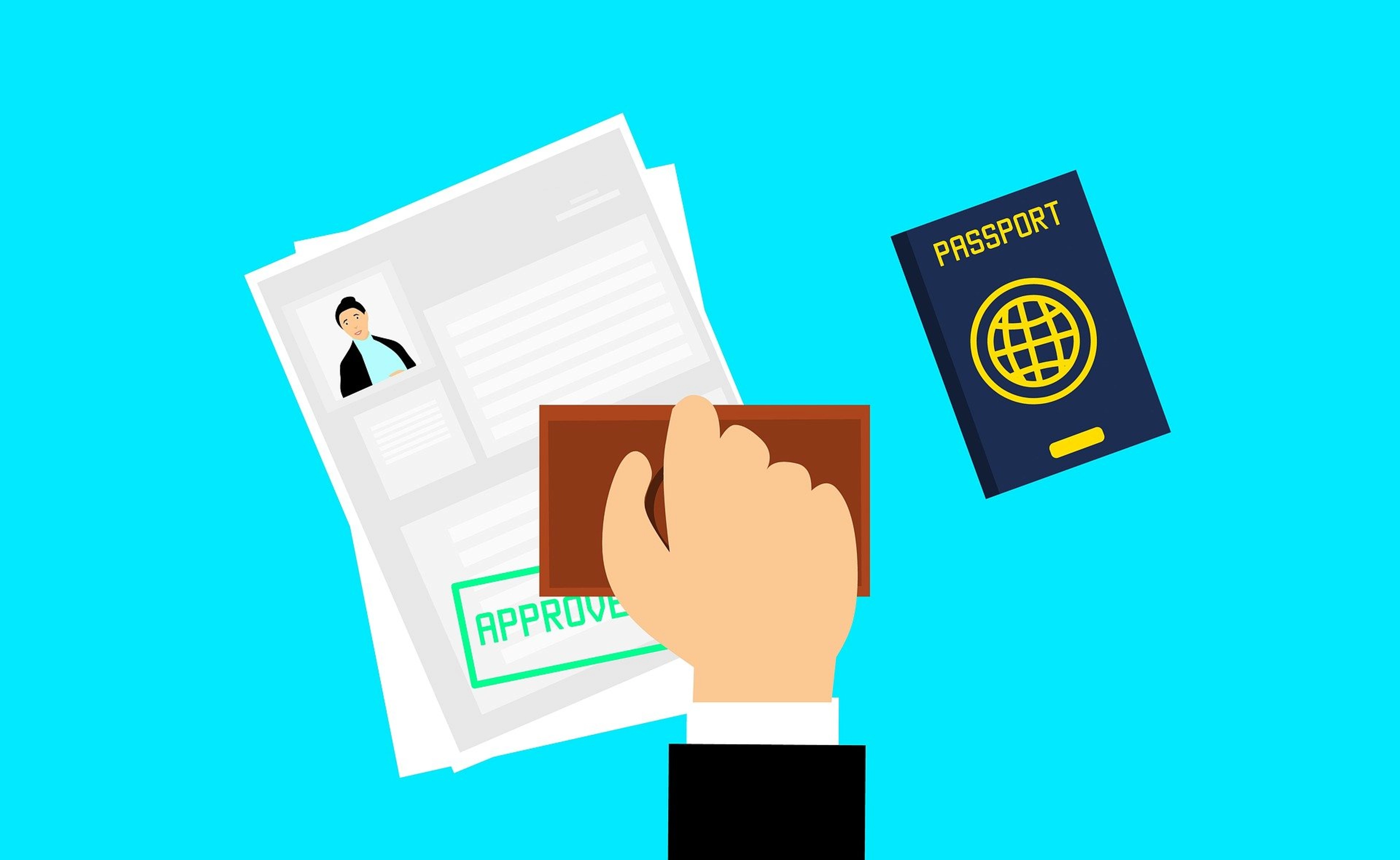

When planning a trip abroad, one of the most important things to consider is the visa requirements for your destination country. Depending on the country you're visiting and your citizenship, you may be able to choose between a visa on arrival and an embassy visa. Each type of visa has its own advantages and disadvantages, so it's important to understand the differences and choose the option that's right for you.
A visa on arrival is a type of visa that is issued to travelers upon arrival in the destination country. This means that you don't have to apply for the visa in advance through an embassy or consulate. Instead, you'll be able to obtain the visa when you arrive at the airport or border checkpoint.
One of the biggest advantages of a visa on arrival is that it's very convenient. You don't have to go through the hassle of applying for a visa in advance, which can save you a lot of time and effort.
With a visa on arrival, you can usually get your visa within a few minutes to a few hours, depending on the country you're visiting. This means you won't have to wait for days or weeks to receive your visa.
Visa on arrival is generally less expensive than an embassy visa as you don't have to pay for the processing fee and courier fee.
While it's rare, there is a risk that you may be denied a visa on arrival. If this happens, you'll be forced to return to your home country immediately.
Some countries that offer visas on arrival may limit the duration of your stay. You may need to apply for an extension if you want to stay longer.
Not all nationalities are eligible for visas on arrival. You need to check your eligibility before traveling.
An embassy visa, also known as a pre-arranged visa or a consular visa, is a type of visa that you apply for in advance through an embassy or consulate.
With an embassy visa, you'll be guaranteed entry into the destination country, as long as you meet all the requirements for the visa.
Embassy visas usually have longer validity periods and duration of stay compared to visa on arrival. You can also apply for visa extensions if necessary.
By applying in advance, you can minimize the risk of being denied entry at the border.
Applying for an embassy visa can take longer than getting a visa on arrival. The processing time can range from a few days to several weeks, depending on the country you're visiting and the type of visa you're applying for.
Embassy visas are generally more expensive than visas on arrival as you'll need to pay for the processing fee and courier fee.
When choosing between a visa on arrival and an embassy visa, there's no right or wrong answer. It depends on your individual needs and preferences. If you're short on time or don't want to go through the hassle of applying for a visa in advance, a visa on arrival might be the best option for you. On the other hand, if you want to guarantee entry into the country and have a longer duration of stay, an embassy visa might be the better choice. Ultimately, it's important to research the visa requirements for your destination country and choose the option that works best for you. Reach out to us here at BDATrip for more information on Vietnam Visa.
Copyright © 2022 BDATrip.com | All rights reserved.